Game description:
Universe Simulator is a software environment that reproduces the motion and interaction of celestial bodies through physical computation. It allows the creation of stars, planets, and other objects that obey gravitational laws. The user can observe how small variations in mass or distance affect entire systems over time. The simulation operates continuously, calculating every force and updating object positions in real time. Each scenario evolves according to measurable physical principles, not preset animation.
Operation And Core Logic
When the program begins, the user starts with an empty three-dimensional space. Objects are added manually or selected from predefined templates. Each one carries attributes such as mass, radius, and velocity, which determine how it moves. The gravitational field is recalculated whenever a new body appears, producing a changing balance between attraction and motion. Time controls allow acceleration for long-term evolution or slowdown for close inspection. Collisions, ejections, and orbital shifts occur naturally from these mechanics.
Objects And Adjustable Parameters
Universe Simulator provides a complete catalog of cosmic components. Every object behaves under the same physical model but can be customized through direct editing. Users can reproduce real planetary systems or design entirely new configurations.
Core categories include:
· stars with adjustable temperature and brightness
· planets with rotation speed and atmospheric layers
· moons and small satellites with orbit control
· comets and asteroid belts with random distribution
· compact bodies such as black holes and neutron stars
These modules combine to form complex systems where gravity and inertia define the outcome of every experiment.
Observation Tools And Data Output
The simulator includes visualization instruments for tracking velocity, distance, and orbital paths. Diagrams display trajectories, while numerical panels show energy and momentum values. Time-step resolution can be modified for precision or performance. Users can pause the process, make adjustments, and resume from the same state to compare results. Recorded data may include collision histories, temperature change, or orbital decay, depending on which settings are enabled during simulation.
Universe Simulator acts as a framework for studying motion, balance, and instability in a closed digital cosmos. Each interaction follows mathematical consistency, demonstrating how universal motion arises from simple forces. By constructing and modifying systems, users can observe how equilibrium forms, breaks, and reforms, offering a functional model of cosmic behavior governed solely by physical law.















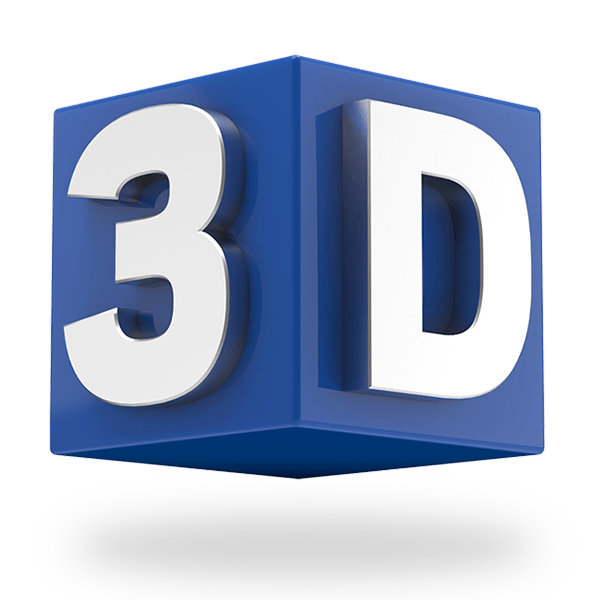
























































































































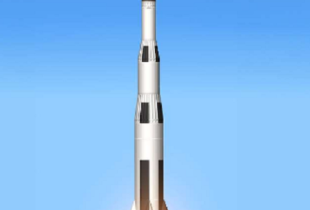

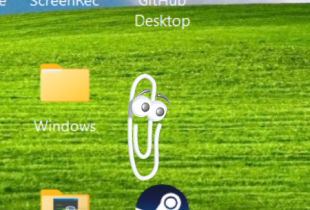
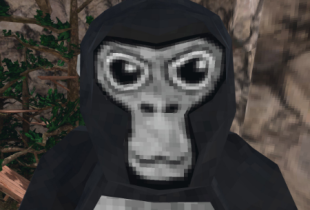






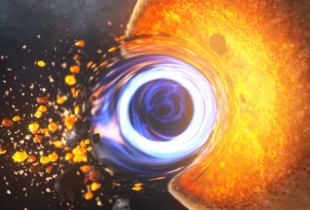
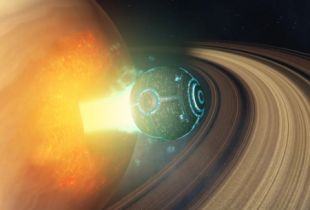
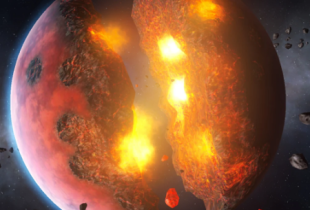
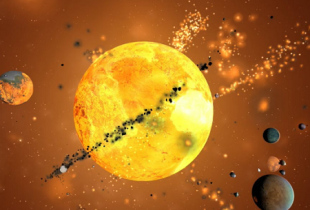

Comments